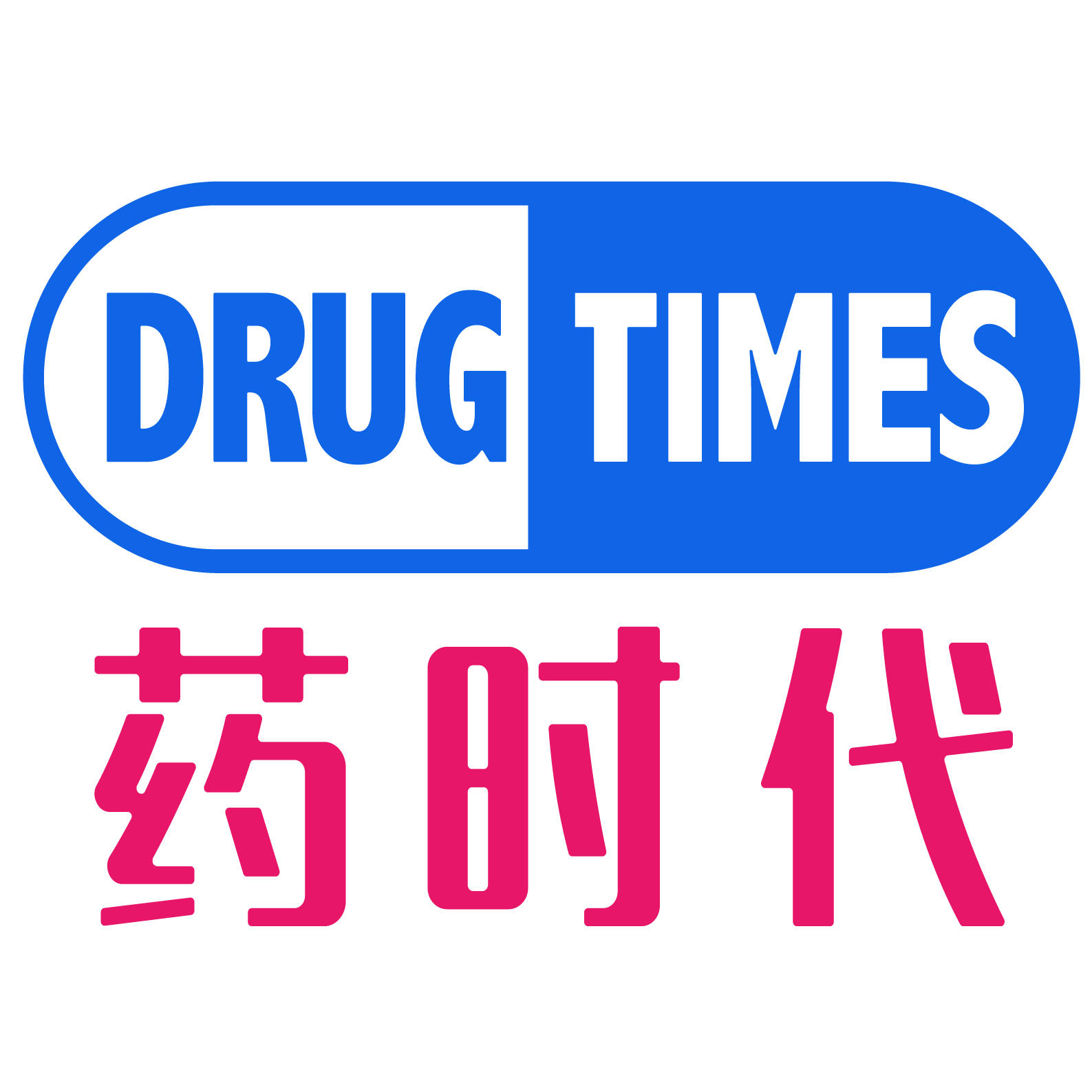
Project ID: BP-20240529-OR-045
Basic Information:
Mechanism of Action: This product (i.e., IFN-K interferon α-Kinoid) is an immunomodulator that induces the production of polyclonal neutralizing antibodies against IFN-α in patients with systemic lupus erythematosus (SLE) upon injection. There is ample evidence that SLE is associated with excessive production of IFN-α. Clinical Phase I and II trials have been conducted in SLE patients outside China, demonstrating safety and efficacy.
Registration Category: Class 1 Therapeutic Biological Product
Proposed Indications: Systemic Lupus Erythematosus (SLE)
Dosage Form: Emulsion, 120µg and 240µg
Route of Administration: Intramuscular Injection
Method of Administration: A Phase IIb clinical study is planned to be conducted in China, where IFN-K 240µg will be administered intramuscularly (IM) once at Week 0, Week 1, and Week 4, followed by a single IM injection of 120µg at Month 3 (W12) and Month 6 (W24), totaling 5 injections for the patient.
Mechanism of Action:
– The correlation between IFNα and SLE has been widely demonstrated: In SLE patients, the level of IFNα is significantly increased, and its regulatory genes are significantly upregulated. Reducing IFNα can effectively inhibit the progression and exacerbation of SLE in animal experiments.
– IFNα as a drug target for SLE has been validated: Anifrolumab is a monoclonal antibody to the Type I IFN receptor, which blocks the binding of Type I IFN to its receptor, inhibits the action of Type I IFN, and thus achieves therapeutic effects.
– Advantages of Active Immunization: Drug injection → Neutralizing polyclonal antibodies → Reduction of pathogenic cytokine levels → Therapeutic effect. High levels of IFNα in SLE patients, Kinoid technology neutralizes and reduces the amount of IFNα to achieve therapeutic effects.
Project Development Progress:
– CMC and multiple preclinical experiments have been completed abroad, with pharmacological efficacy and safety data fully supporting the conduct of clinical studies.
– Clinical Phase I and IIa have been completed abroad with positive results.
– Phase IIb clinical trial for the treatment of SLE has been completed abroad, with good safety profile. The biological primary endpoint of IFNα Signature was significantly reduced at 36 weeks, and the clinical primary endpoint BICLA response rate showed a trend of efficacy but did not reach a significant difference. However, compared with the placebo group: (1) IFNα decreased (p<0.001); (2) LLDAS (p=0.002); (3) SRI-4 (p=0.07); there was a significant difference in the subgroup of patients with anti-IFNa neutralizing antibodies (p<0.05); (4) CS maintenance dosage (P <0.05).
– Pre-IND communication with CDE has been completed, and the domestic clinical development plan is basically determined, with plans to use SRI-4 and LLDAS as clinical endpoints, which are expected to increase the success rate of later clinical development; the formal IND application can be advanced at any time.
Project Highlights and Opportunity Analysis:
(1) Therapeutic Target and Mechanism
Controlling the disease by reducing pathogenic IFNα, with IFNα as a therapeutic target for SLE that has been repeatedly verified in clinical trials.
The monoclonal antibody targeting the same target, Anifromumab (AZ), has been approved and marketed in the United States, Europe, and Japan.
(2) Market Status
There are only two innovative drugs for SLE approved in the global market, Anifromumab and Belimumab (Benlysta, GSK).
In the domestic market of China, only Belimumab and Rongchang’s Tafasilizumab are approved, and the market is urgently in need of new drugs.
(3) Clinical Study Adjustment and Execution
For many years, SLE has lacked a “gold standard” for clinical endpoints, and in recent years, SRI-4 has gradually become a consensus, with LLDAS being gradually accepted.
Subgroup analysis of the previous Phase IIB suggests that the success of using LLDAS and SRI-4 as clinical endpoints is very likely, with lower risk.
According to the previous case of Tafasilizumab, this product may be eligible for conditional marketing approval after completing Phase 2b in China.
The improvement of clinical research resources and efficiency in China will reduce uncertainties and make the results more reliable.
(4) Differentiation and Market Prospects
Compared with the benchmark product, it is more convenient to use (subcutaneous injection once every few years, compared to the benchmark product of intravenous injection once a month), and there is a clear cost advantage (in 2024, Hengrui/AIOLOS products mainly rely on the convenience of use to sell to GSK for more than 1 billion US dollars).
There are more than 1 million SLE patients in China, with 10% of patients × 20,000 yuan/year (average annual cost), the annual sales volume is about 2 billion yuan.
(5) Development Plan
Pre-IND meeting has been completed in China in 2022, and CDE has agreed to the IND application.
Greater China or global rights can be transferred; if global rights are obtained, after obtaining more clinical data in China, overseas rights can be transferred at a premium.
【Contact info】If interested in this asset, please contact DrugTimes BD Team at BD@drugtimes.cn. Many thanks!
发布者:DrugTimes001,转载请首先联系contact@drugtimes.cn获得授权

 为好文打赏 支持药时代 共创新未来!
为好文打赏 支持药时代 共创新未来! 